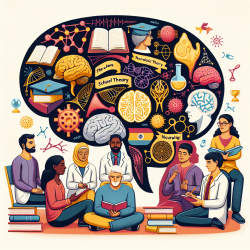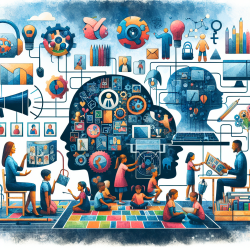In today's rapidly evolving educational landscape, the integration of machine learning (ML) technologies offers promising opportunities to enhance student outcomes. However, a recent study, "Reimagining the machine learning life cycle to improve educational outcomes of students," underscores the importance of aligning ML problem formulations with educational goals and translating predictions into actionable interventions.
This blog explores how practitioners can leverage these insights to improve their skills and foster better educational outcomes for students.
Translating Educational Goals into ML Problems
One of the critical findings from the research is the need to ensure that educational goals are accurately translated into ML problems. This involves:
- Avoiding Oversimplification: Many ML4Ed papers focus on single quantitative metrics, such as graduation rates, which may not fully capture the multifaceted nature of student success. Practitioners should consider multiple metrics to provide a holistic view of student outcomes.
- Substantive Justification: It is crucial to provide a rationale for why specific metrics are chosen. This helps in understanding the broader educational impact and avoids the pitfalls of focusing on easily quantifiable but less meaningful metrics.
- Addressing Equity: The choice of input features and prediction targets should be made with an awareness of educational equity. Including demographic information without considering structural inequalities can lead to biased outcomes.
Translating Predictions into Interventions
Another significant finding is the gap between making accurate predictions and implementing effective interventions. Practitioners should:
- Focus on Actionability: Predictions should provide actionable insights that can guide interventions. For example, rather than just predicting dropout risk, ML models should suggest specific actions that can help at-risk students.
- Empower Human Operators: ML tools should be designed to support teachers, advisors, and administrators. These tools should enhance their ability to provide personalized support to students rather than replace human judgment.
- Consider Long-Term Impact: Practitioners should evaluate the long-term effects of interventions and continuously refine ML models based on feedback and outcomes.
Encouraging Further Research
For practitioners looking to deepen their understanding, engaging in further research and staying updated with the latest findings in ML and education is essential. This can involve participating in interdisciplinary collaborations and attending relevant conferences.
By implementing these insights and continuously refining their approaches, practitioners can harness the power of ML to create meaningful and equitable educational outcomes for all students.
To read the original research paper, please follow this link: Reimagining the machine learning life cycle to improve educational outcomes of students.










